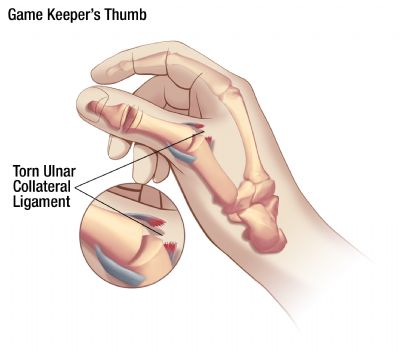How to Avoid Common Ski Injuries
It won’t be long now. Soon we will finally get some moisture in the mountains. Time to head north for some skiing. Skiing is great exercise; it burns 400 calories per hour; it strengthens your core, legs, and glutes. Before you grab your gear and hit the slopes let’s consider a few things that can keep you safe. As a chiropractor in St George UT, I see lots of snow related injuries. The injured are commonly people who do not normally go skiing or snowboarding.
Injury rates while skiing increase in the afternoon. Not because the snow is different, but because the skiers are not conditioned. They push their bodies too hard and their tissues are not seasoned for the abuse. Then they end up cutting their trip short, due to the injury, and they end up seeing me, their chiropractor.
Protect your knees
The prime injury on the slopes are to knees. Tendonitis and bursitis can heal well with conservative care. But ligament injuries can require some qualified help. The more common ligament injuries are the ACL and MCL. The accident which triggers an ACL or MCL injury is falling backwards.
A good way to avoid knee ligament injury is to stay on a program of strengthening the ligaments. I recommend a program that involves lunges, scissors, and squats. These activities can apply the correct amount of stress to the ligaments which will encourage the ligaments fibers to toughen up.
Protect your ankles
Properly fitting boots are key. You don’t want sloppy boots which allow the ankles to roll, nor do you want boots too tight which focus stresses into certain boney areas of the shin or knee.
Once again, conditioning the tendons and ligaments beforehand is important. Some great ankle work-outs include:
- Heel Walking. This exercise can help to strengthen the muscles which are prone to creating ‘shin-splints.’ Practice walking on your heels with your toes pointed up.
- Inversion/Eversion Resitance. Using a resistance band, force the foot into inversion (pointing your big toe to the opposite knee– right toe to left knee — so the sole of the foot is being exposed), and eversion — point the big toe down and out. This type of resistance training can help stabilize the tendons and ligaments in the ankle and can help you avoid an ankle sprain or strain.
- Tip Toes. Stand on a stair or curb with just your toes and forefoot supporting your weight. Slowly relax your ankle so you heel dips down relative to your toes. Then flex your foot and calf muscles to lift the heel up as if you were going to stand on your tip-toes. Hold that position for 10 seconds then relax and allow the heel to drop back down again.
Protect your hands

Gamekeeper’s thumb is a common injury in a ski-fall. Balance and control exercises, as well as chiropractic tune-ups can reduce your risk of falling.
Aside from the obvious frostbite risk, the big issue with ski safety for the hand is ‘game-keepers thumb’. If you fall with a pole attached to your hand, there is a risk of the pole spraining the thumb.
The best way to avoid this injury is not to fall. The best way to avoid a fall is to practice your balance and coordination. Using a wobble-board is a great posture and balance exercise. You can get a wobble board from any major retailer. Practice your balance with knees slightly bent. Once your skills improve, then balance and do squats on the wobble-board.
Another excellent way to improve balance is to see your chiropractor regularly. Regular chiropractic treatments can reduce nerve irritation and improve joint mobility. This allows your body’s built-in balance mechanisms to work more efficiently.
Protect your shoulder
Just like the hand injury above, the best way to avoid the shoulder injury is to practice and improve your balance.
Another good idea is to stay within your comfort and skill level. There is no need to impress the ski-instructor and strut your stuff on the black-diamond runs when you ought to be on the bunny slopes.
Strengthening the rotator cuff is the next step. The shoulder stretches need to be demonstrated in the office. So if you plan on going skiing in the next couple of months, stop by our office to get some education so you don’t hurt yourself.
Dr. Andrew White | St George Chiropractor
Featured image courtesy of FreeDigitalPhotos.net and Vichaya Kiatying-Angsulee
Ski Injury Chiropractor St George UT




Chiropractic saves patients money by reducing their need for pain medication. Many drugs merely mask pain without addressing its underlying cause. Chiropractic goes to the root of the problem, helping patients live pain-free without the use of medication.